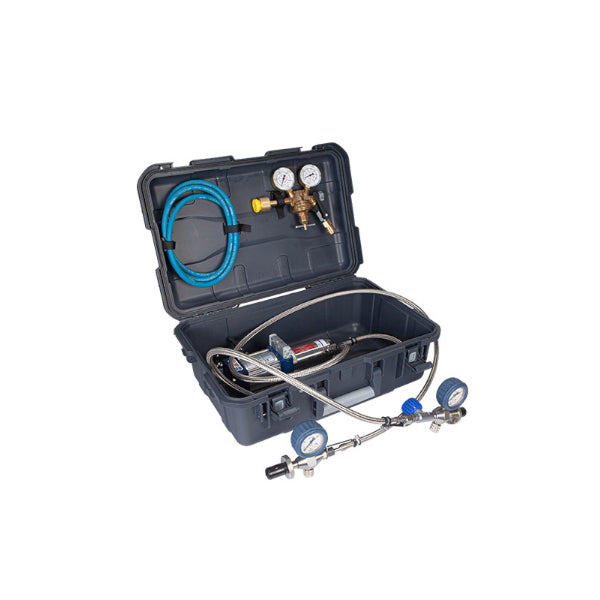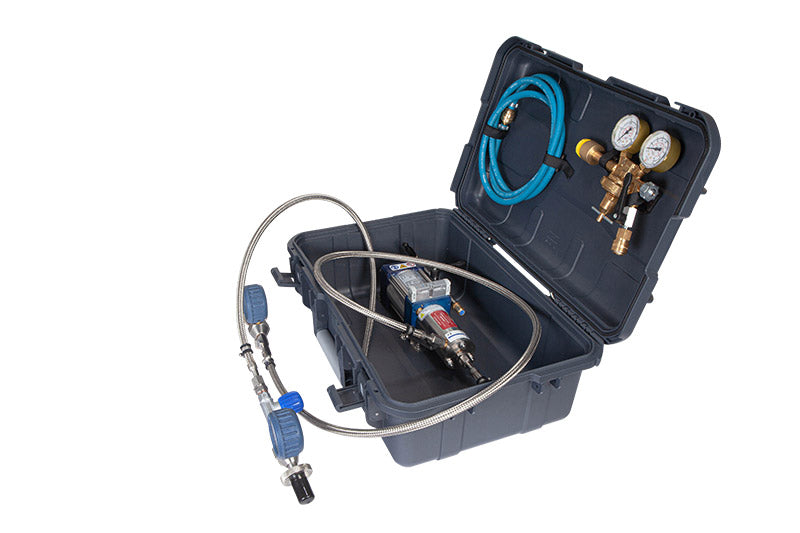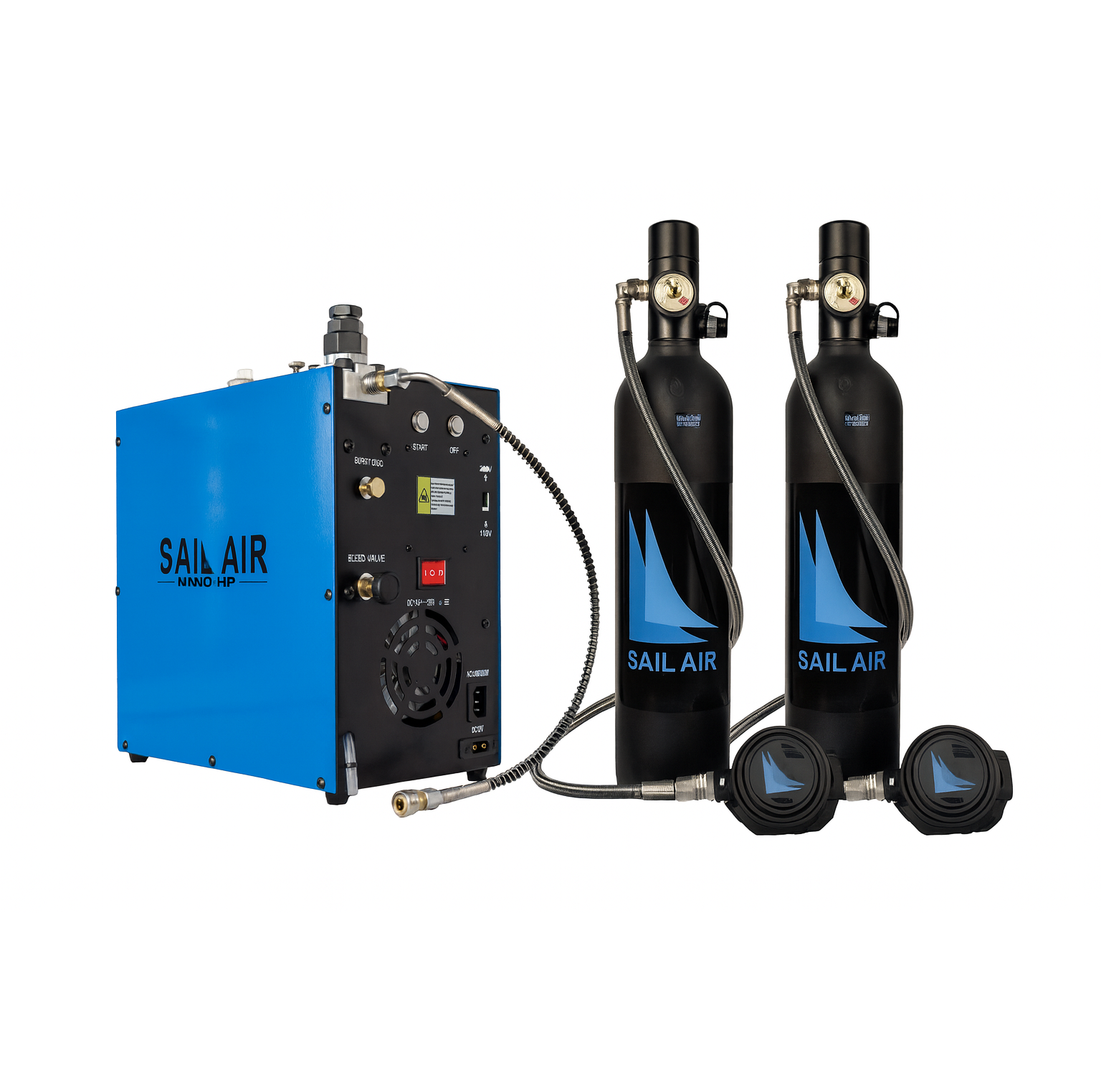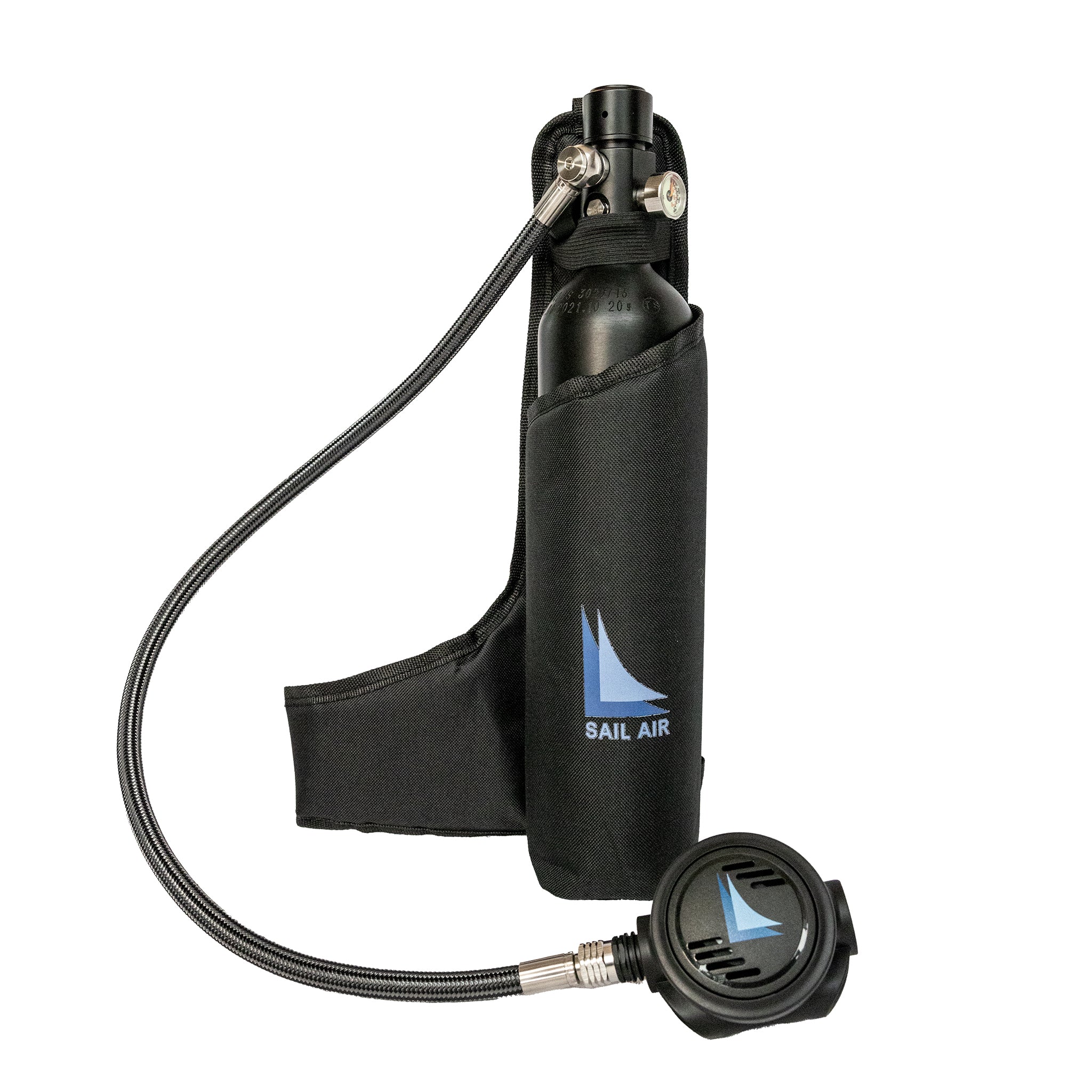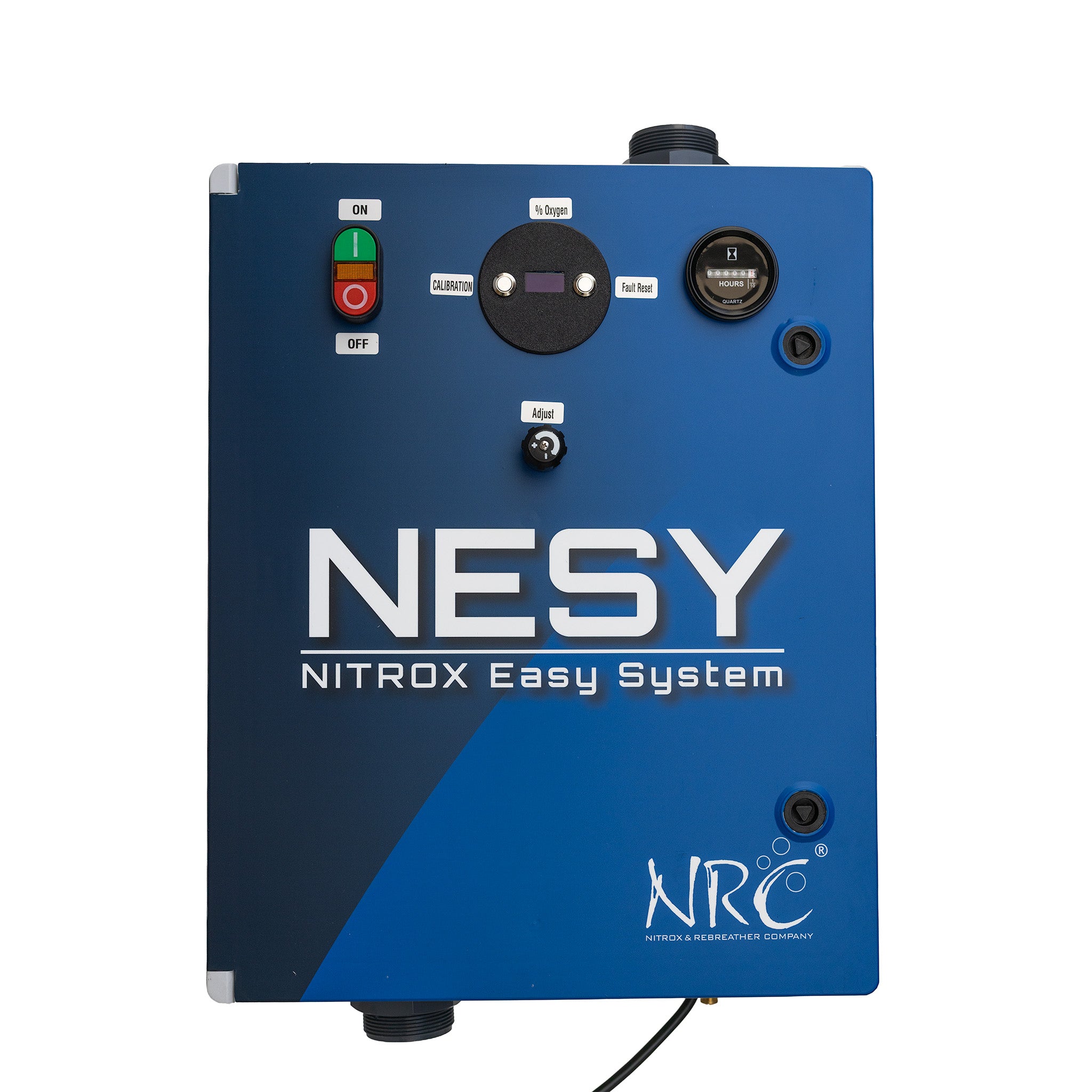Safety is the heart of any good liveaboard. It protects your guests and crew, and it keeps your operation running smoothly. But most safety advice is written for divers, not for you as the operator. That’s exactly what this guide covers.
Here, we focus on the systems that make your vessel safer and more reliable. From international safety standards to fast diver recovery, onboard emergency air, and safe gas handling, these are the upgrades that matter most.
1. The SOLAS Baseline
SOLAS (Safety of Life at Sea) is an international convention that sets the basic safety rules for ships. It covers essentials like life rafts, fire systems, emergency beacons, and more. However, SOLAS was created for merchant vessels, not dive boats. It does not address the unique risks involved in diving operations, such as tank filling, oxygen handling, diver support systems, or the way divers enter and exit the water.
To close this gap, the IMO introduced the International Code of Safety for Diving Operations (2023). This modern framework complements SOLAS by outlining how diving platforms and diving systems should be designed, integrated, and operated. It also provides guidance on stability, electrical power, fire safety, redundancy, operational procedures, and emergency response specific to diving activities.
While the new Diving Code does not replace SOLAS, it strengthens it by offering a dive-specific safety standard intended to increase consistency, reliability, and preparedness across vessels that support diving.
For a complete guide to the 2023 IMO International Code of Safety for Diving Operations, click here.
2. Immediate Diver Recovery
One of the biggest risks in remote diving is not running out of air but losing a diver at sea.
Many operators only rely on satellite-based Personal Locator Beacons (PLBs). These devices send a distress signal through a global network before it reaches rescue teams.
They work well in major emergencies, such as a sinking vessel, because the signal goes through global rescue networks. But for a missing diver, that process is too slow.
A faster solution is a GPS-independent rescue system such as the NRC ENOS Diver Rescue System. Each diver carries a small transmitter, while the liveaboard has a receiver on board.

If a diver surfaces away from the group, they can turn on their transmitter, and the receiver will instantly show their distance and direction so the crew can go directly to them. ENOS rescue system works on a direct radio link between the diver and the vessel with a reliable range of up to 10 kilometers.
Because it does not rely on satellites, SIM cards, or internet coverage, ENOS is immediate, local, and fully self-sufficient.
3. Onboard Emergency Air
Not every need for air on a liveaboard happens during a dive. Sometimes the crew may need a quick supply while cleaning the hull, retrieving equipment that has slipped to the seabed, or inspecting something just below the surface. For these short tasks, standard scuba tanks are heavy, slow to set up, and more than what is required.
A compact emergency breathing system like NRC’s Sail Air is designed for exactly this. The unit is lightweight, easy to refill, and can be deployed in seconds. Each small tank provides around 15 to 20 minutes of breathing air without the bulk of a full scuba tank. Because of its size, several can be placed in key areas of the vessel so the crew always has fast access when needed.

While not intended for deep or long dives, Sail Air is ideal for short underwater work and adds another layer of readiness for unexpected situations on board.
4. Gas Management & Purity
Nitrox gives divers longer, safer bottom times, but only if the gas is blended and handled correctly. Incorrect oxygen levels can lead to hypoxia or oxygen toxicity, both of which are serious underwater risks.
Safe nitrox use begins with accurate blending. Whether you rely on partial pressure, continuous flow, or another method, the mix must be precise and consistent. Even standard blends like EANx32 and EANx36 can become dangerous if the oxygen percentage is incorrect for the dive depth.
There is also a fire risk whenever high-pressure oxygen is involved. Components that are not oxygen-clean or made from compatible materials can overheat and ignite. This is where NRC systems make a difference.
Engineered in Germany, NRC’s partial pressure blending equipment is built to manage these exact hazards with precision and safety in mind.
Build a Safer Liveaboard Operation
These additional safety systems give your crew more confidence, your divers more trust, and your operation more resilience at sea. They show that you care about more than compliance and that you are committed to building a safe, reliable environment on board.
Investing in dependable, professional-grade equipment moves you beyond the checklist and into a position of leadership. For decades, NRC has supported dive professionals around the world with equipment built for reliability and real-world conditions.
Our solutions cover the entire safety chain: from gas management and analyzers to diver recovery, onboard air systems, and precision-engineered components designed to perform when they are needed most.
Your vessel's safety is your legacy. Explore NRC’s products and see how we can help your vessel become a safer and stronger liveaboard!
Frequently Asked Questions
What is a diving emergency?
A diving emergency can cover many situations, such as equipment failure, running low on air, or a diver surfacing far from the boat. Preparing for these events means having reliable systems in place for medical response, oxygen delivery, and fast diver recovery.
Are satellite messengers or PLBs sufficient for diver safety?
PLBs and satellite messengers are useful in major emergencies like a sinking vessel, since they alert global rescue networks. However, they are not designed for the immediate recovery of a missing diver.
In contrast, systems like ENOS work directly between diver and vessel, allowing the crew to locate and retrieve a diver within minutes. This speed is especially important in remote areas where outside help may take hours or even days.
Is investing in advanced systems beyond the legal minimum a worthwhile expense?
Yes. Additional safety systems are an investment in resilience and reputation. Divers prefer operators who can show a clear commitment to safety, and insurers often view well-documented systems more favorably. In the long run, these investments will help protect both your crew, customers, and your business.

